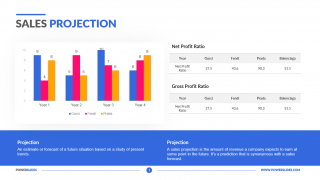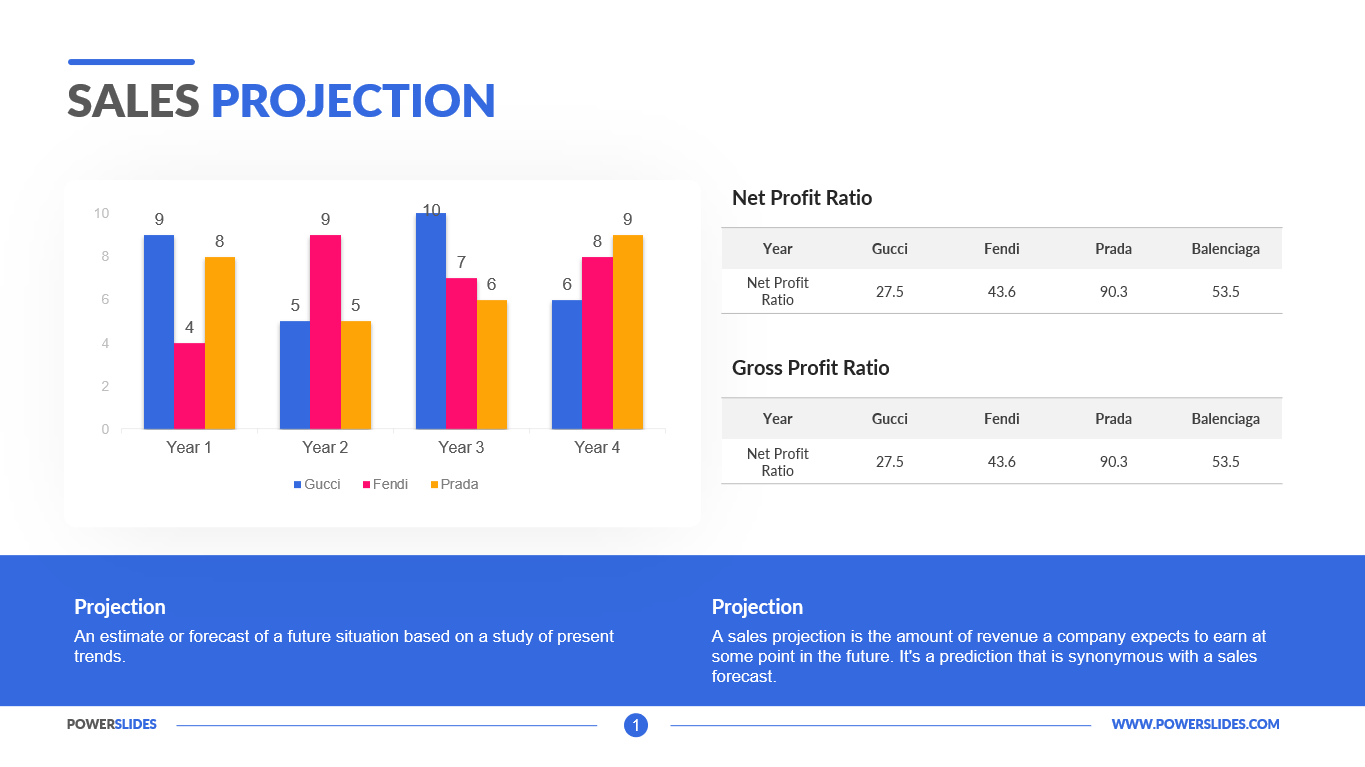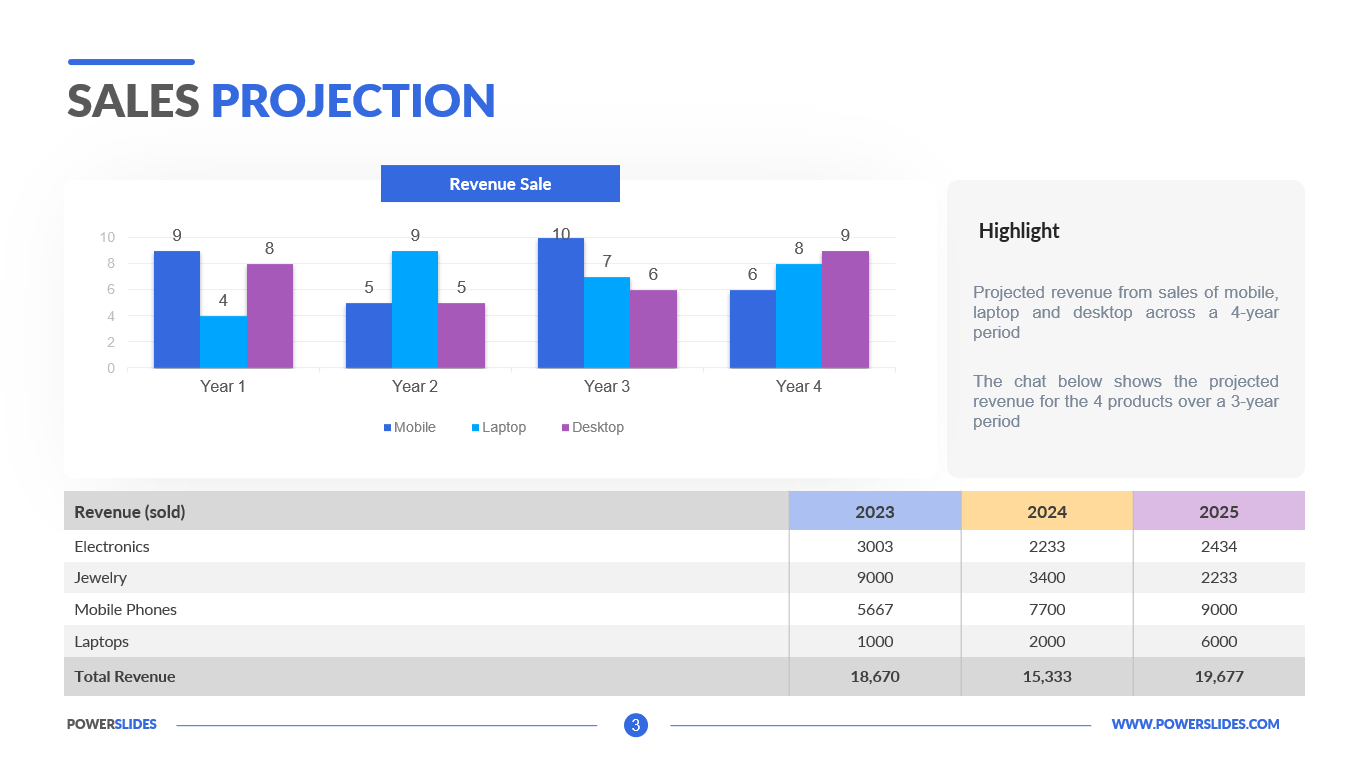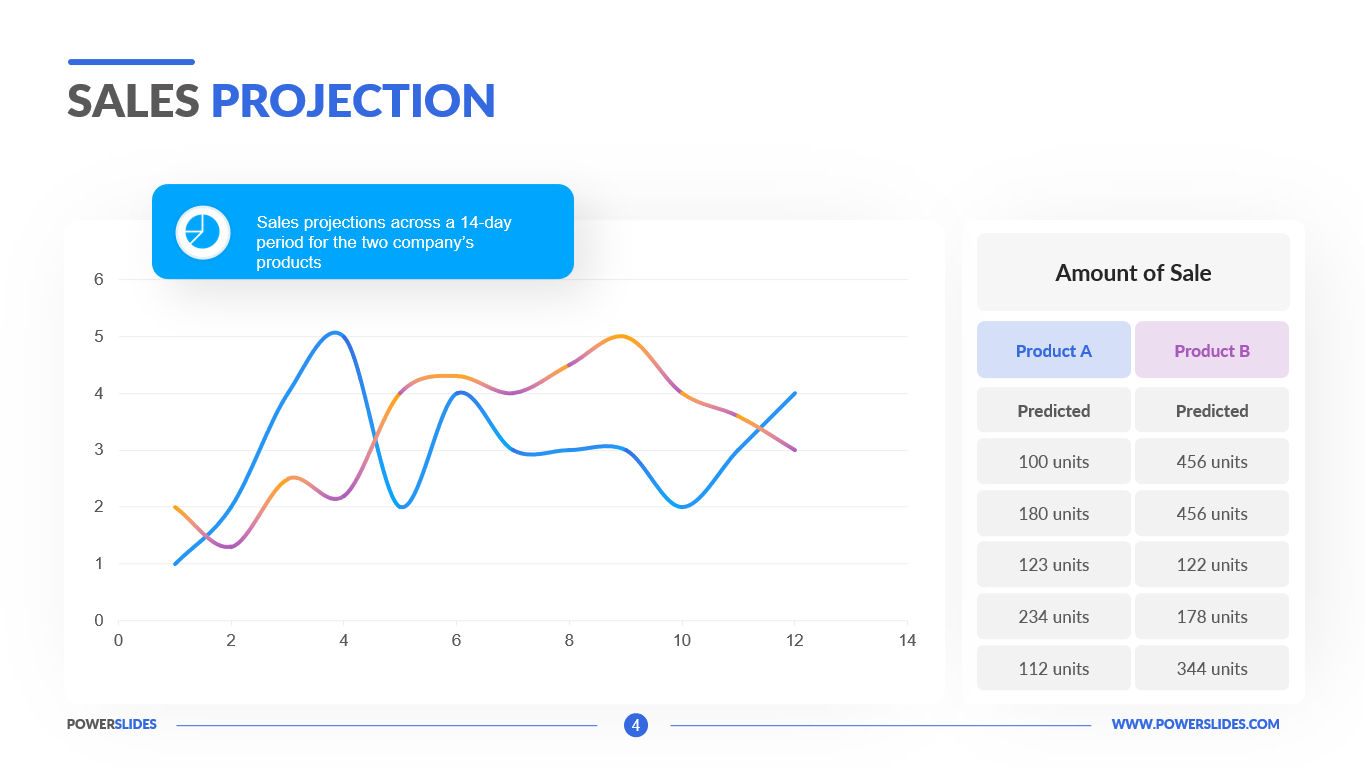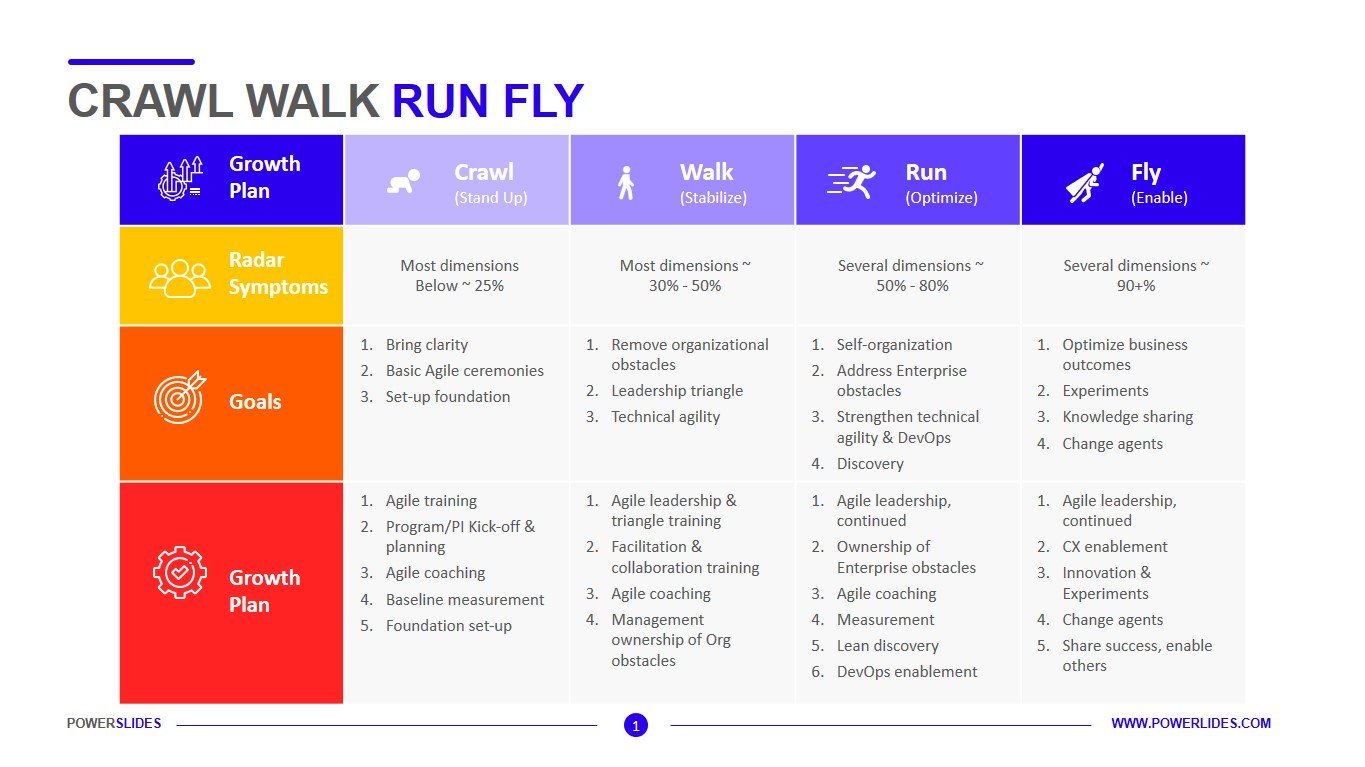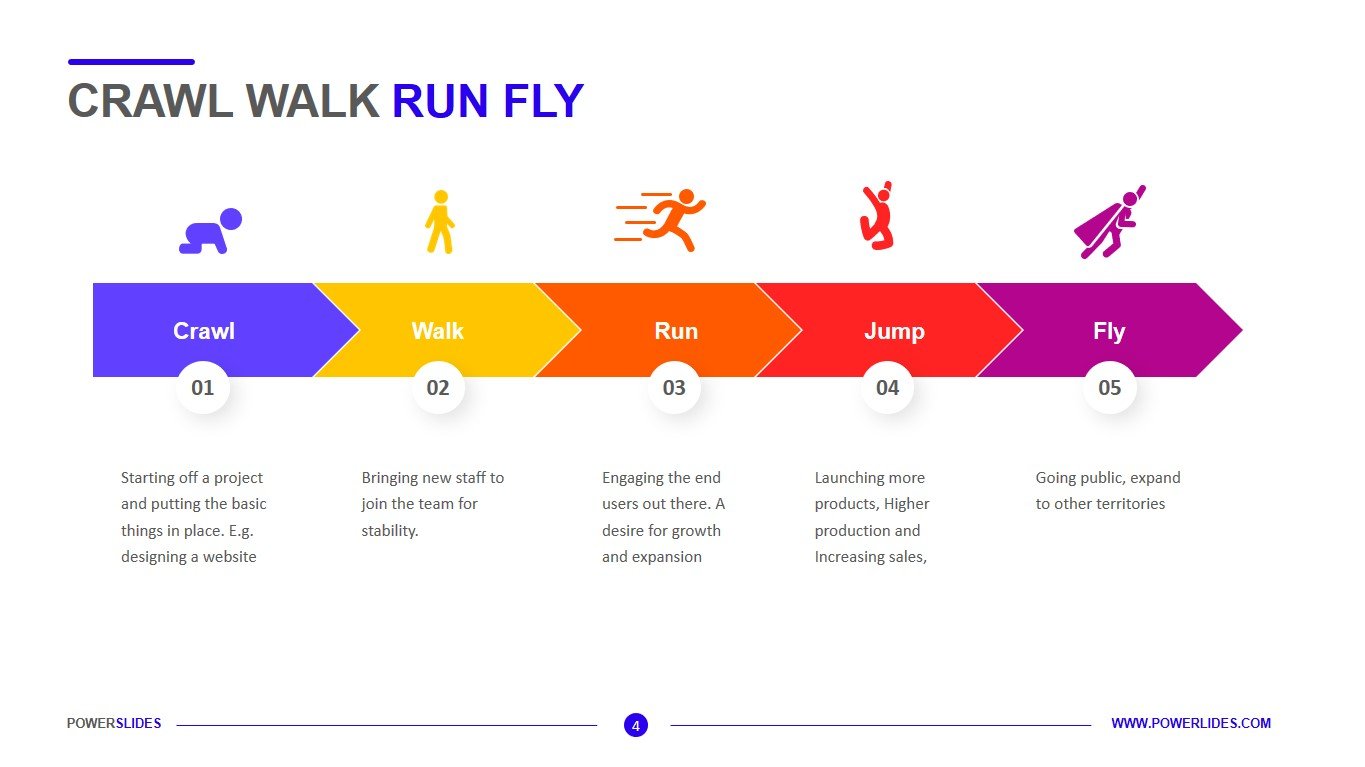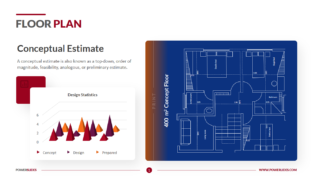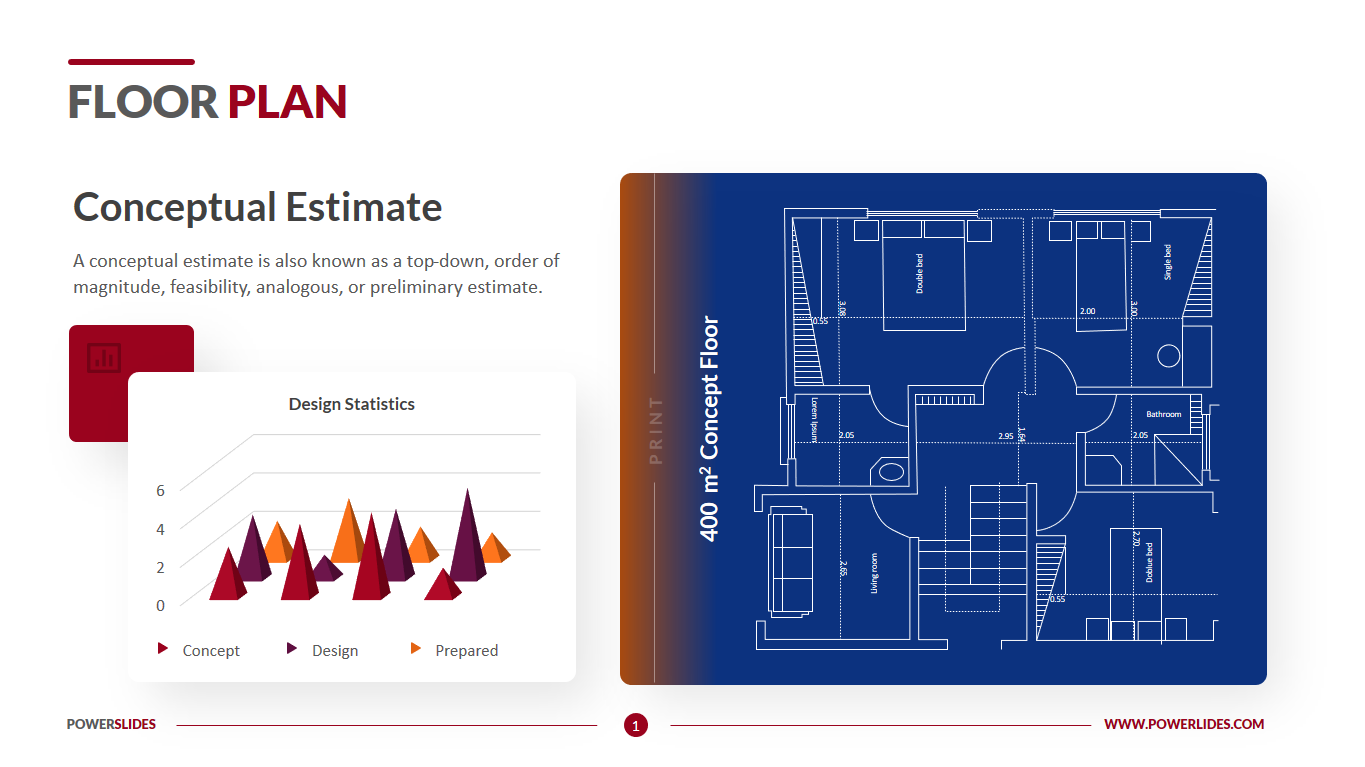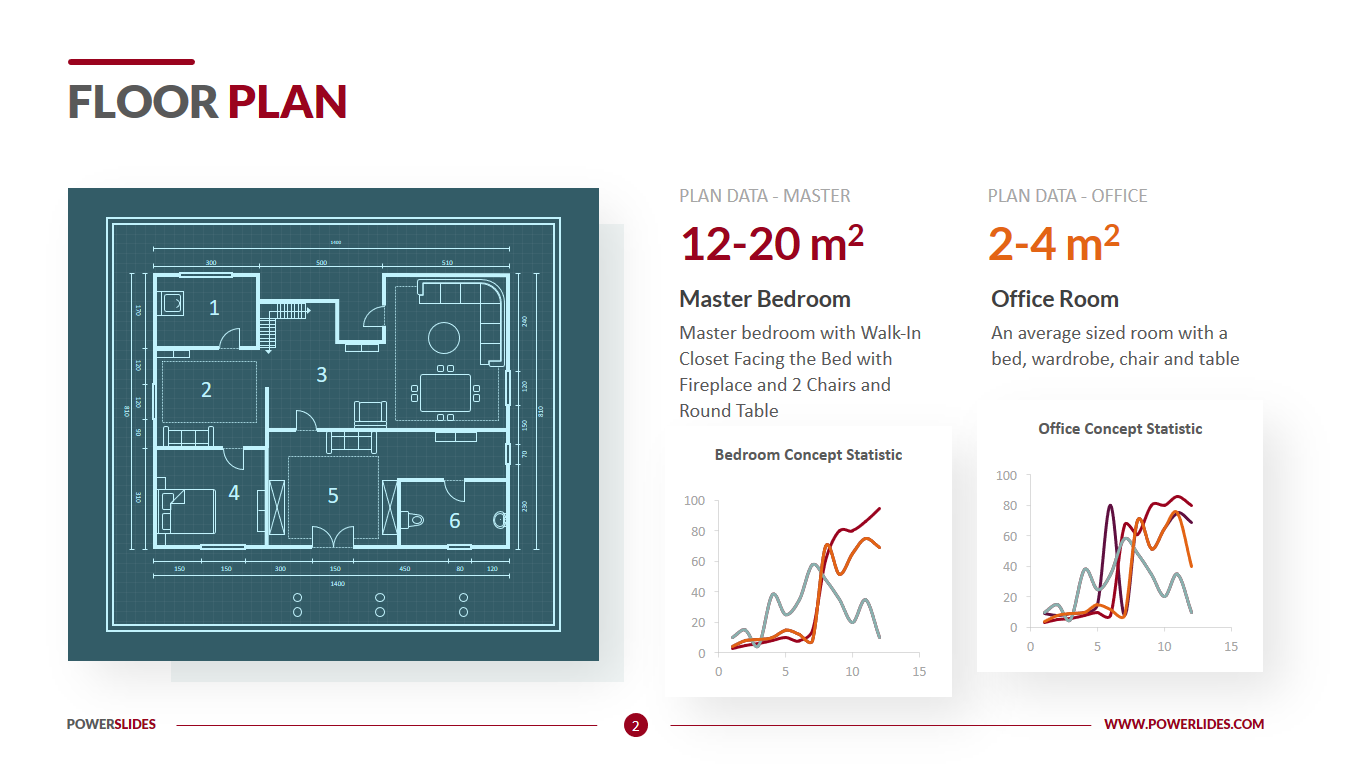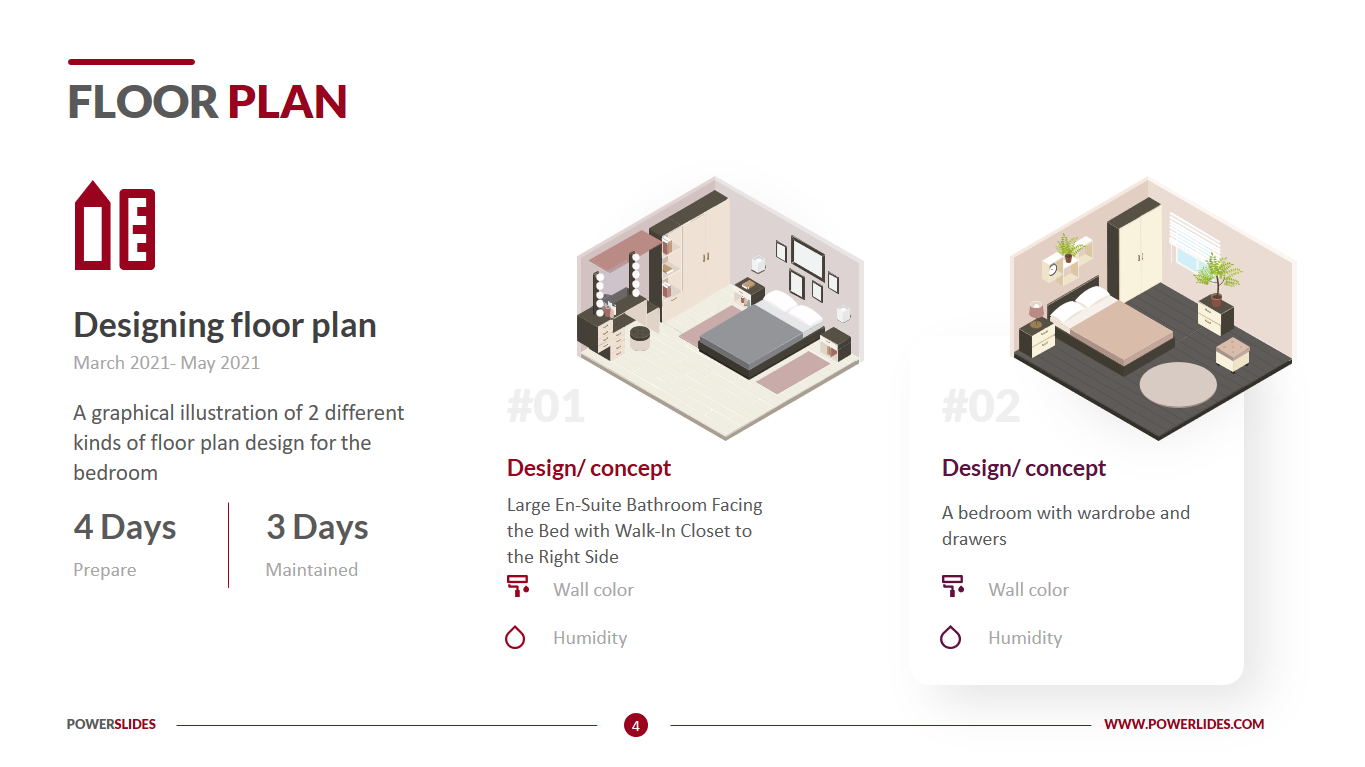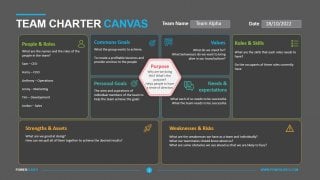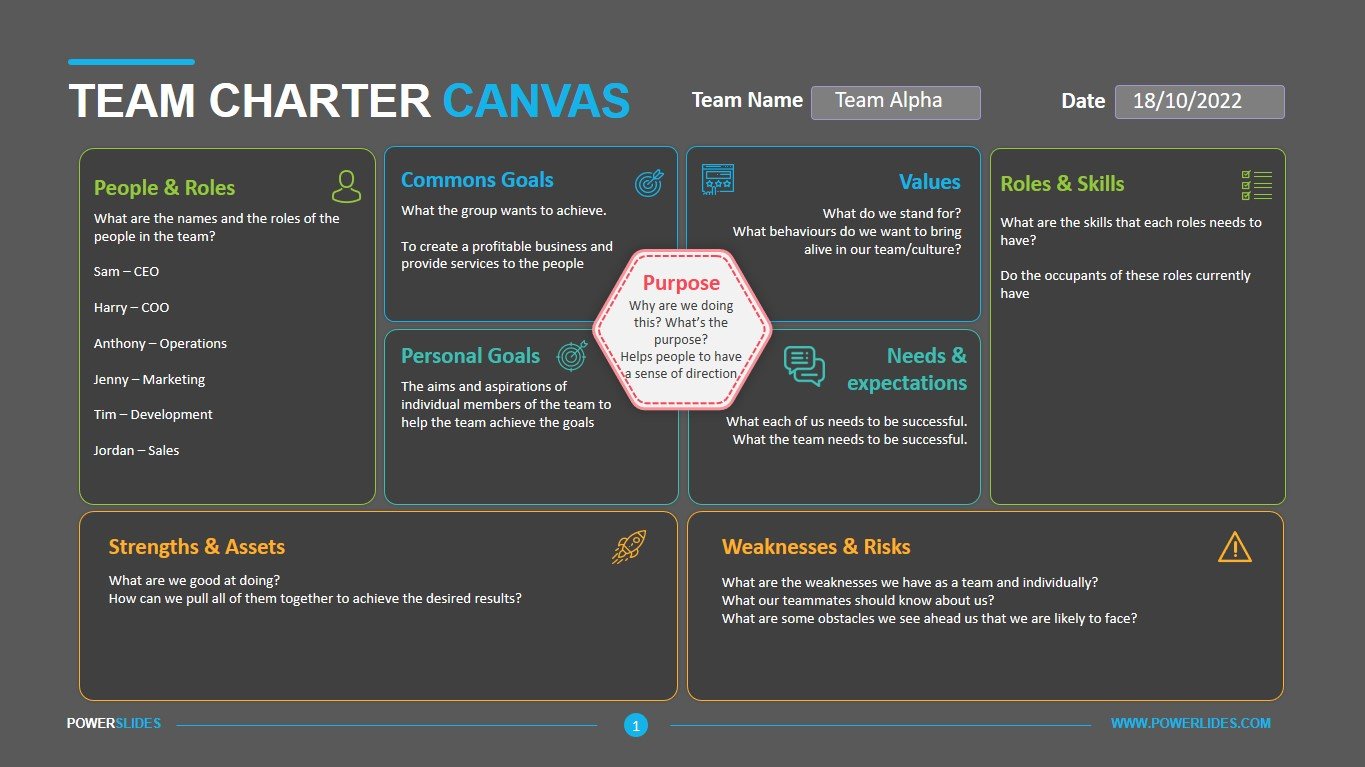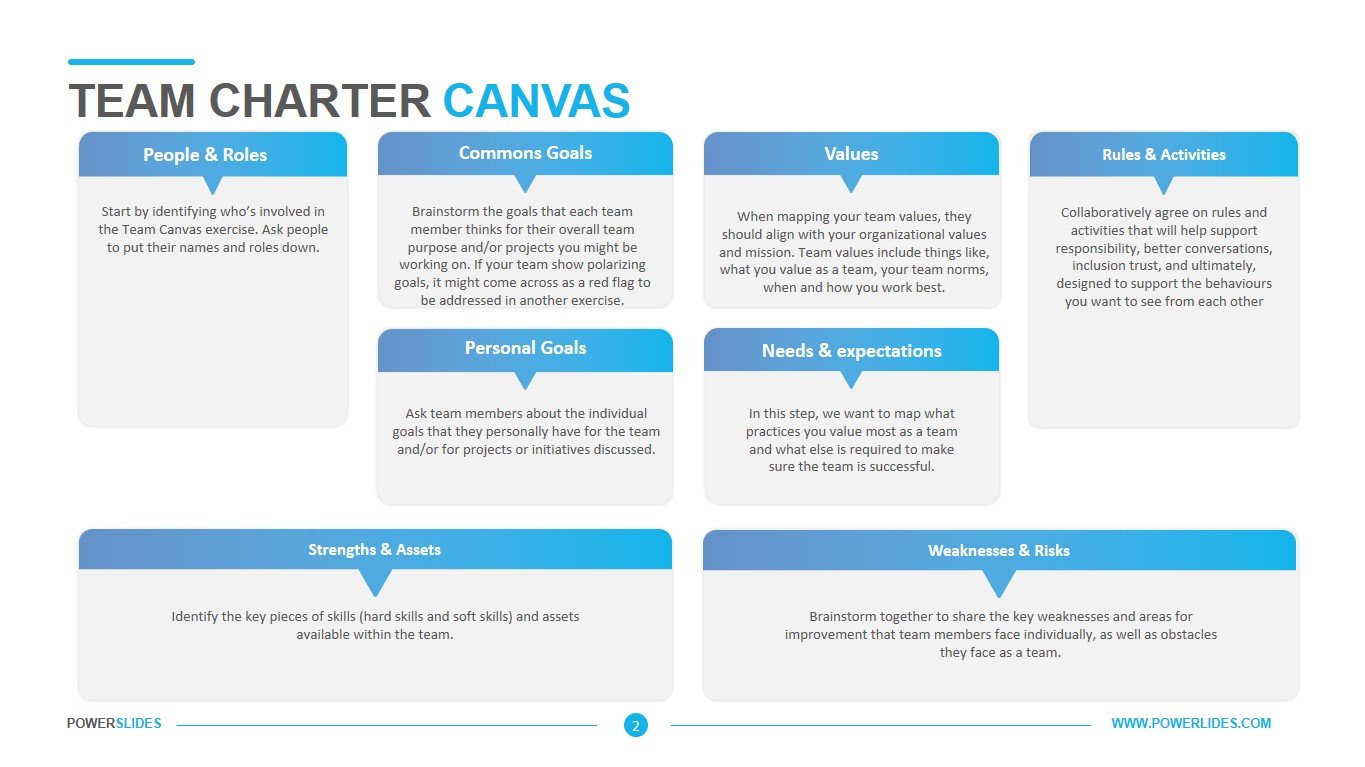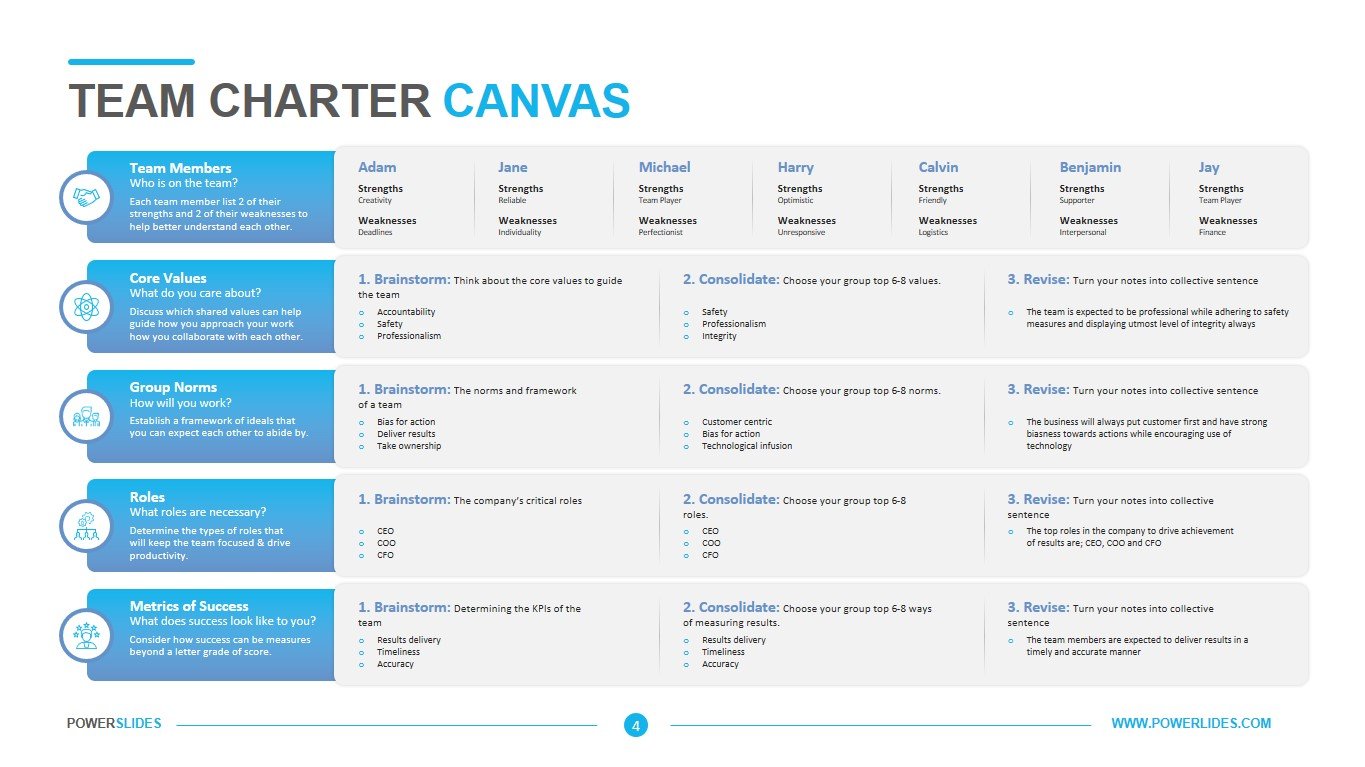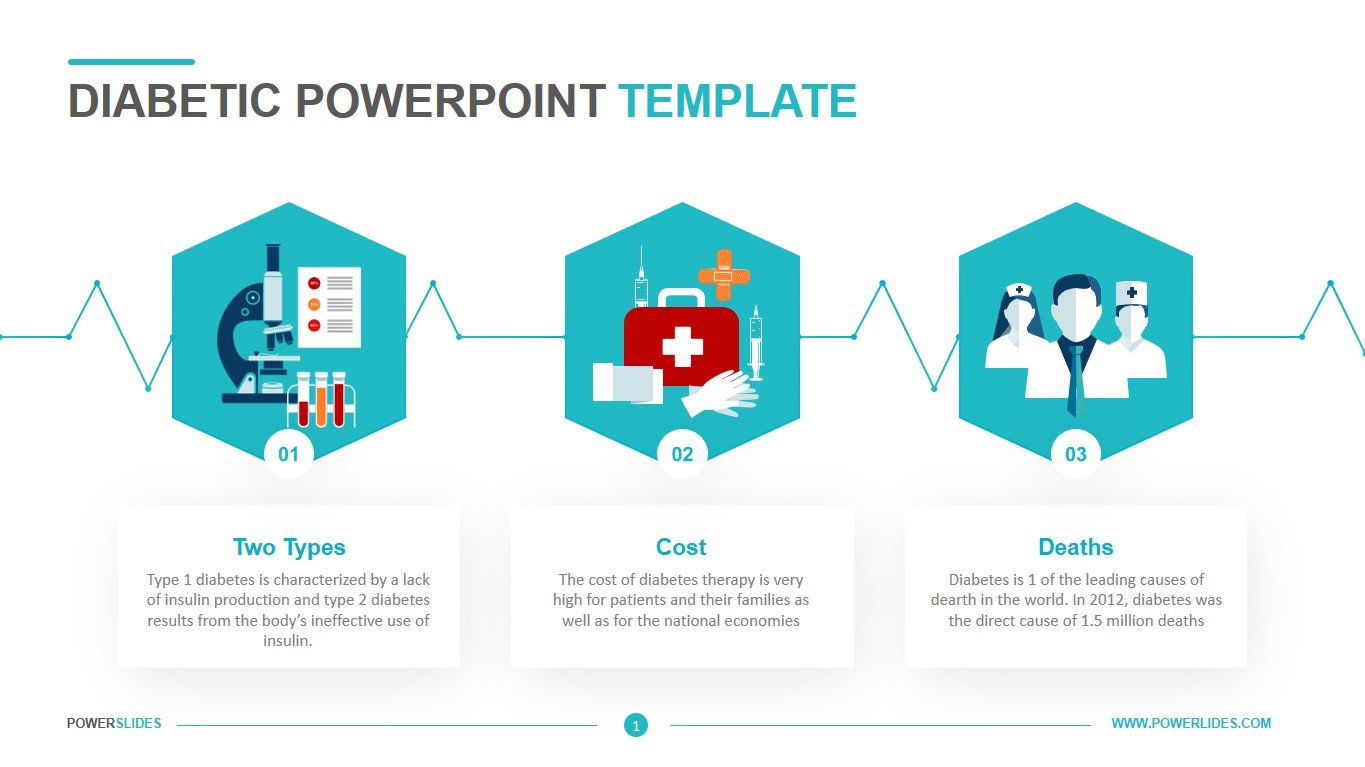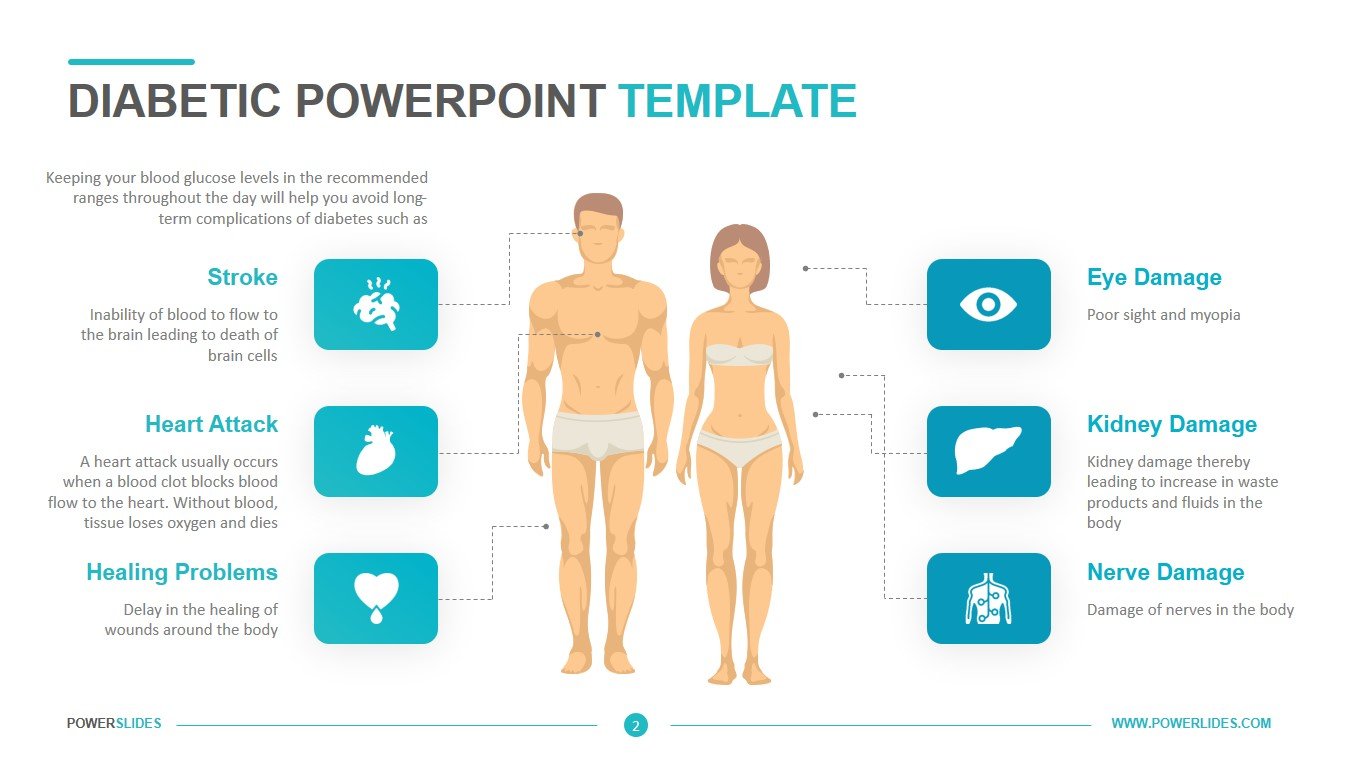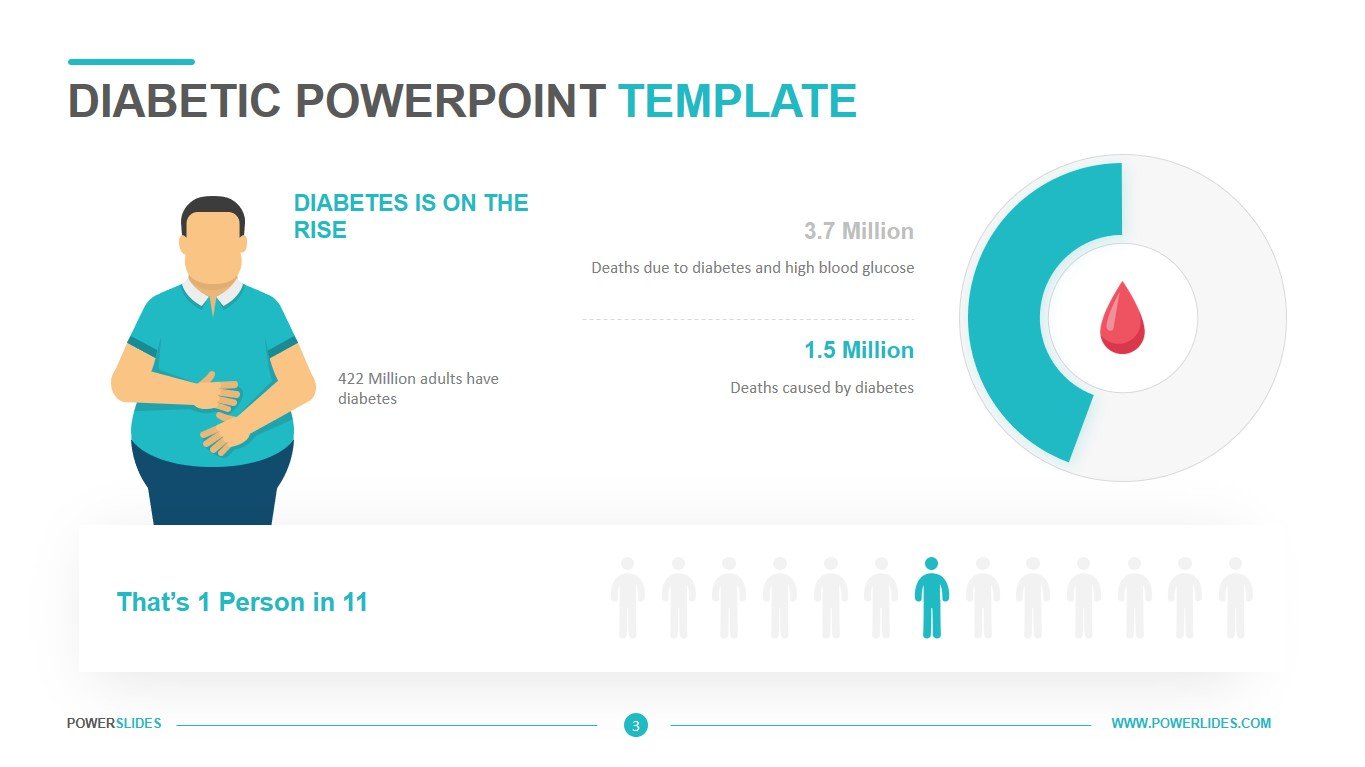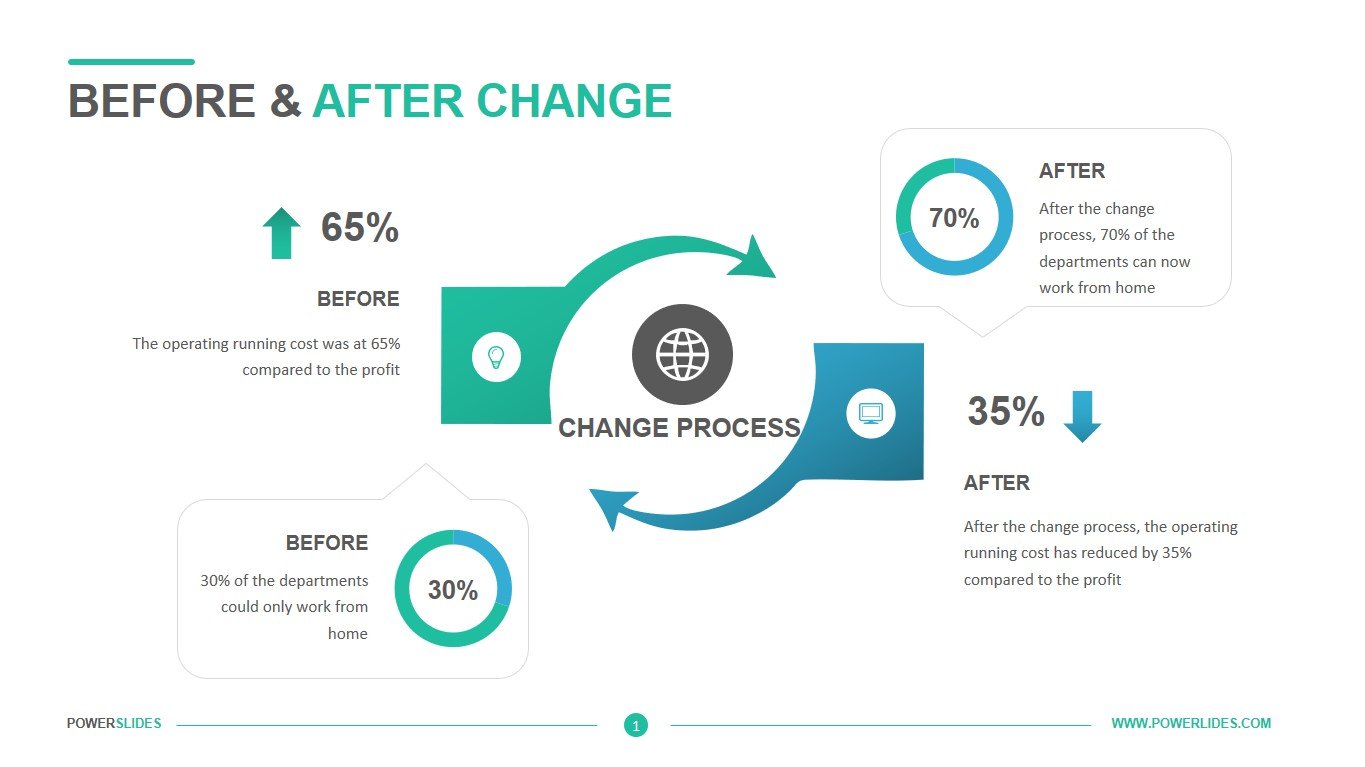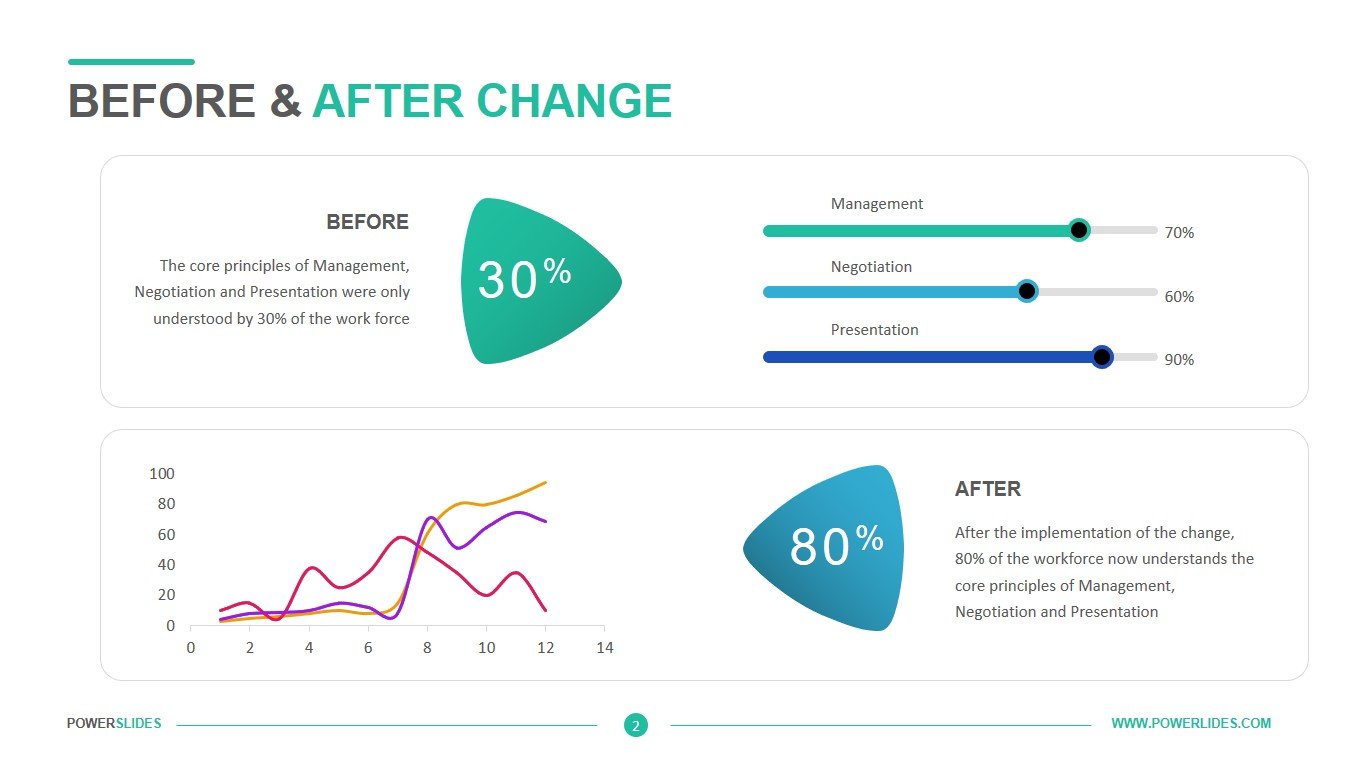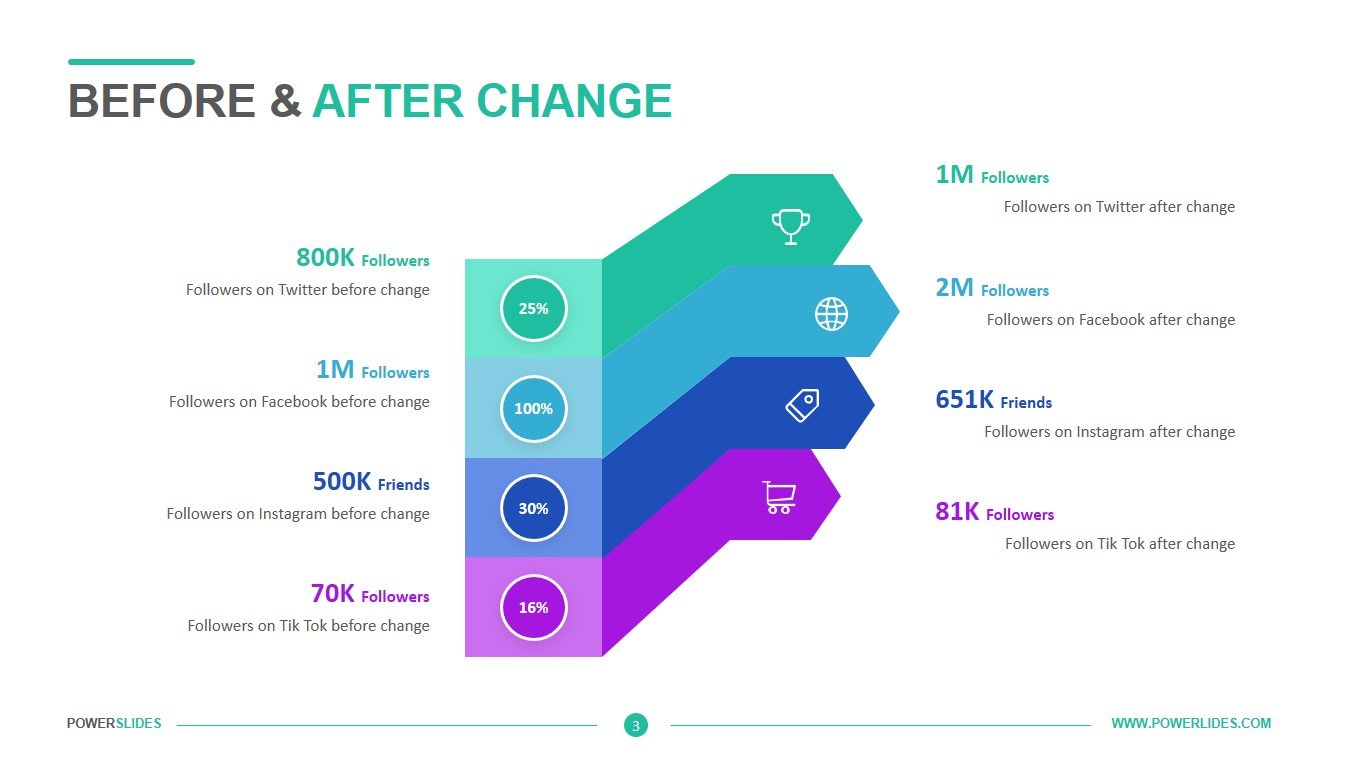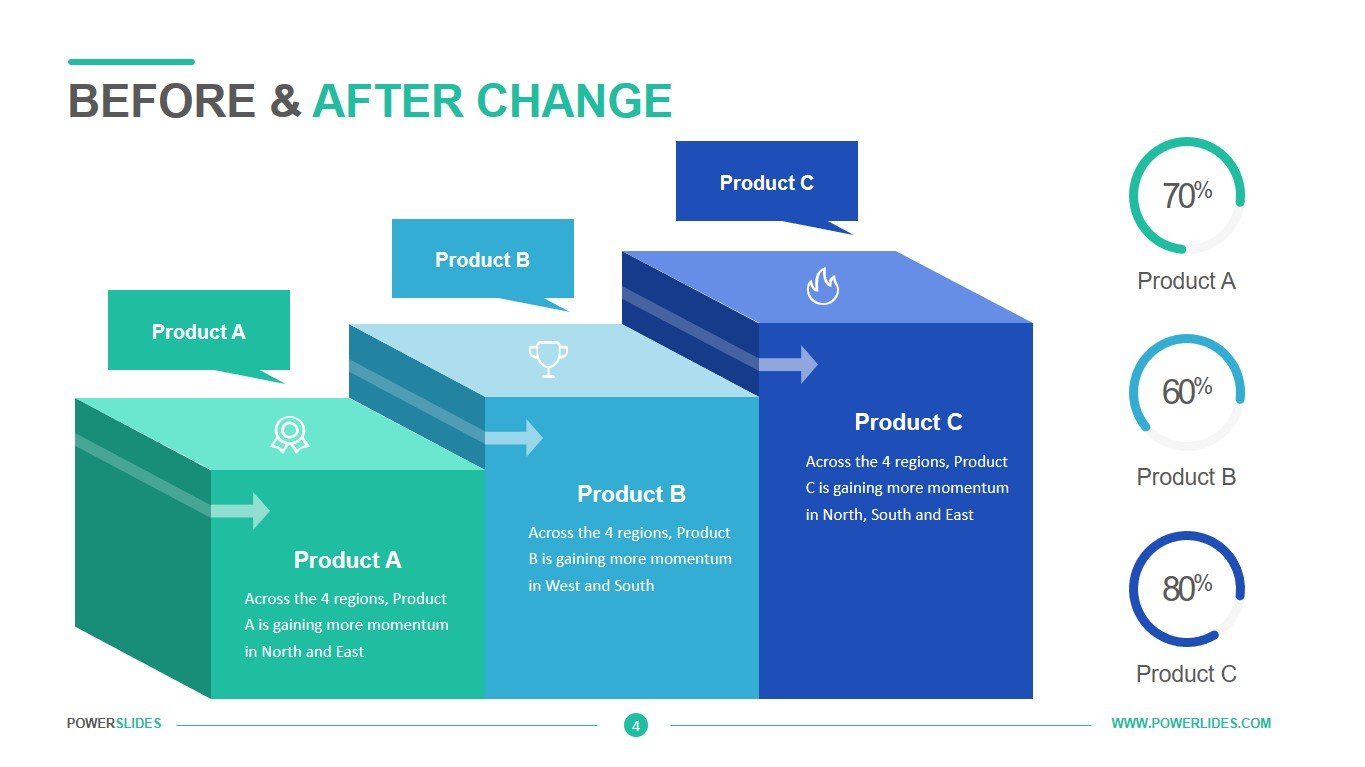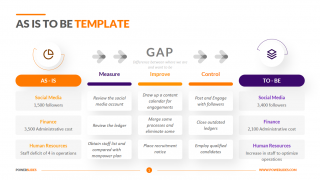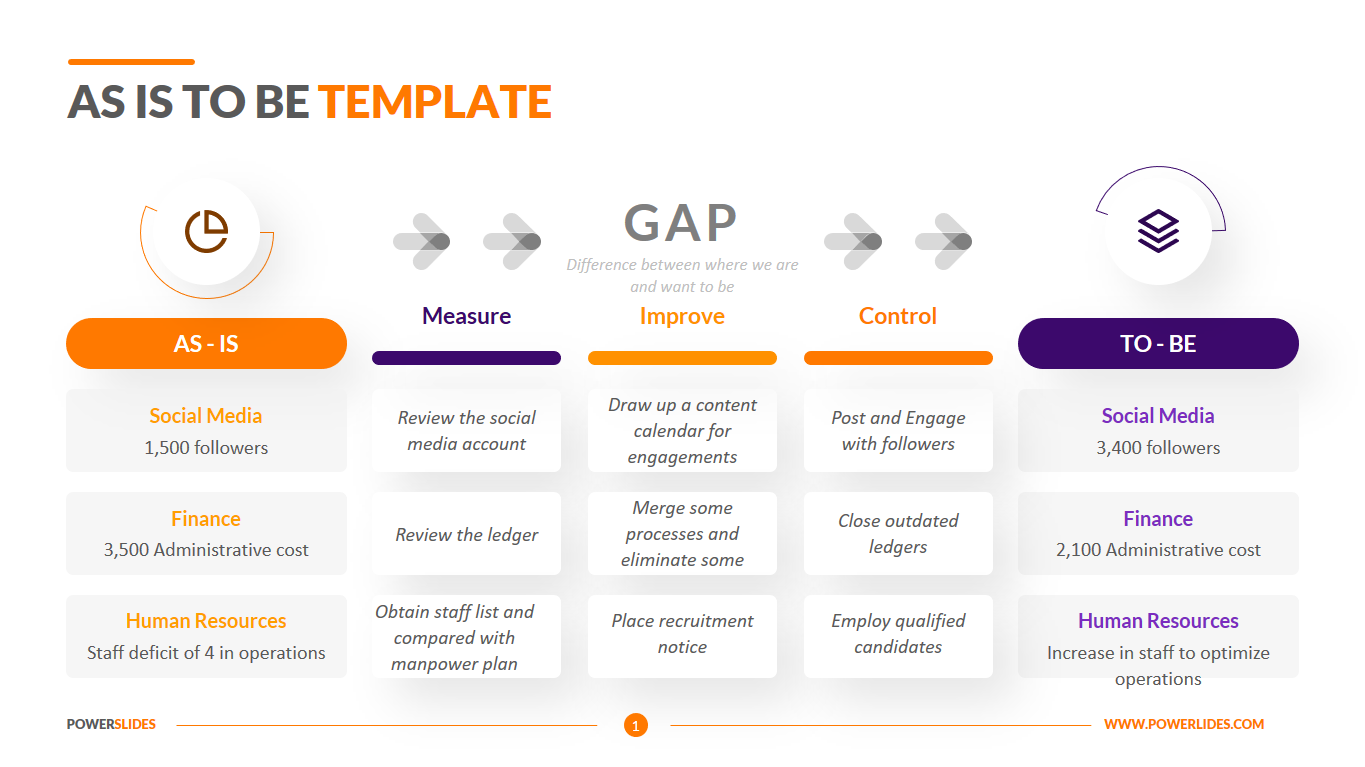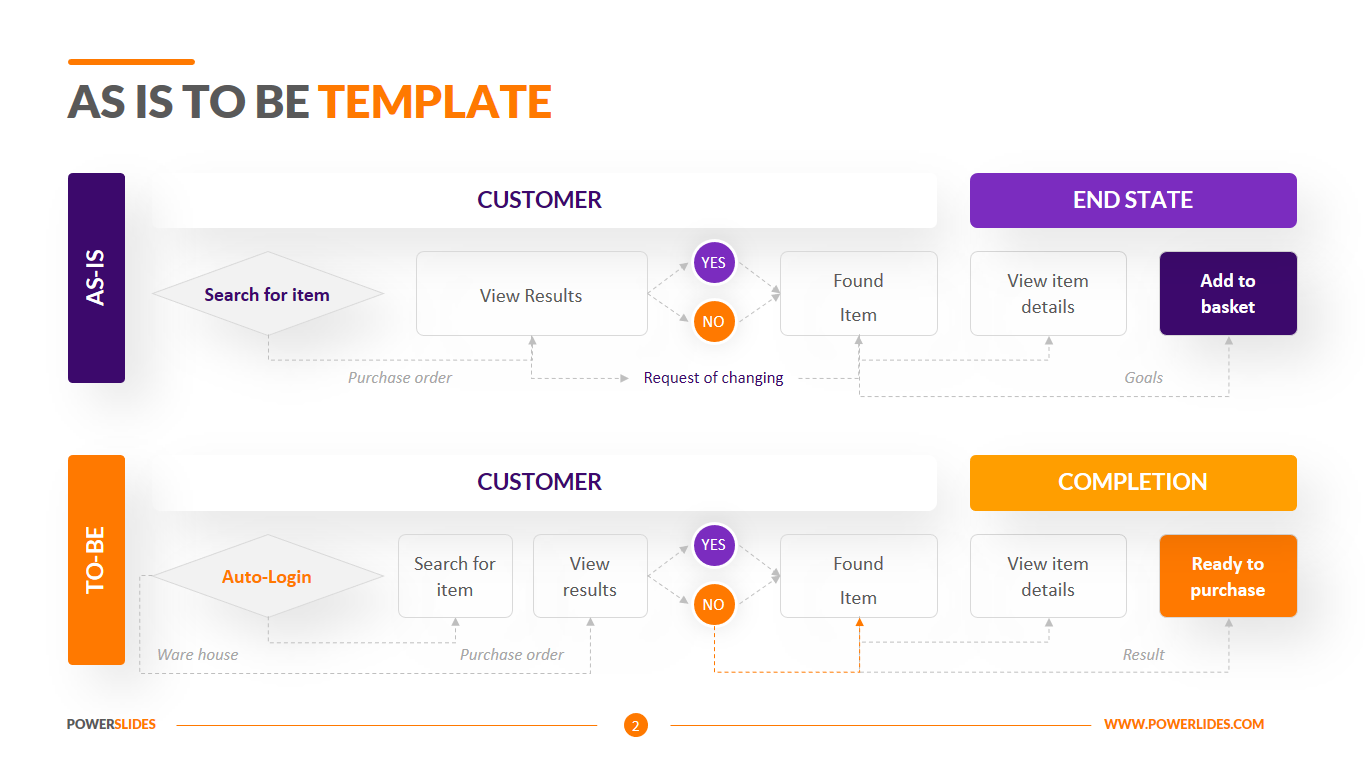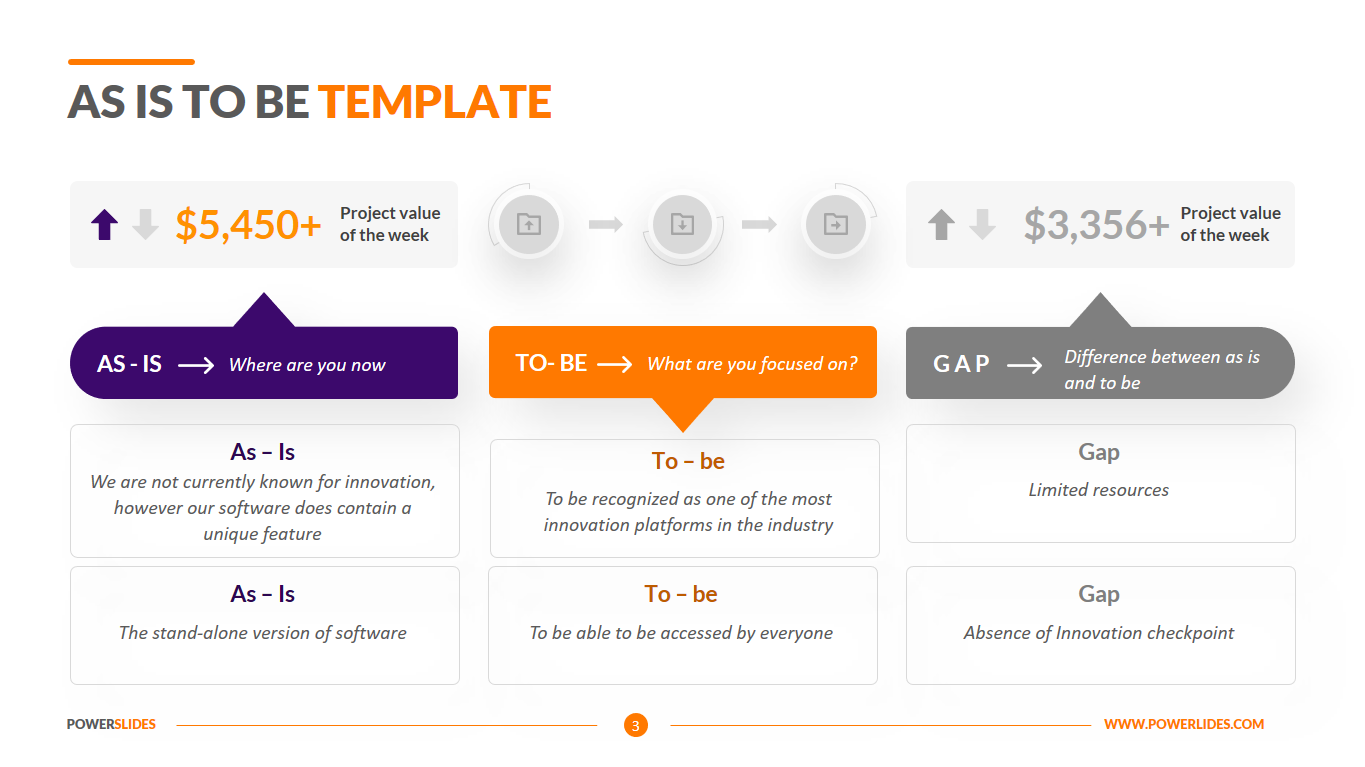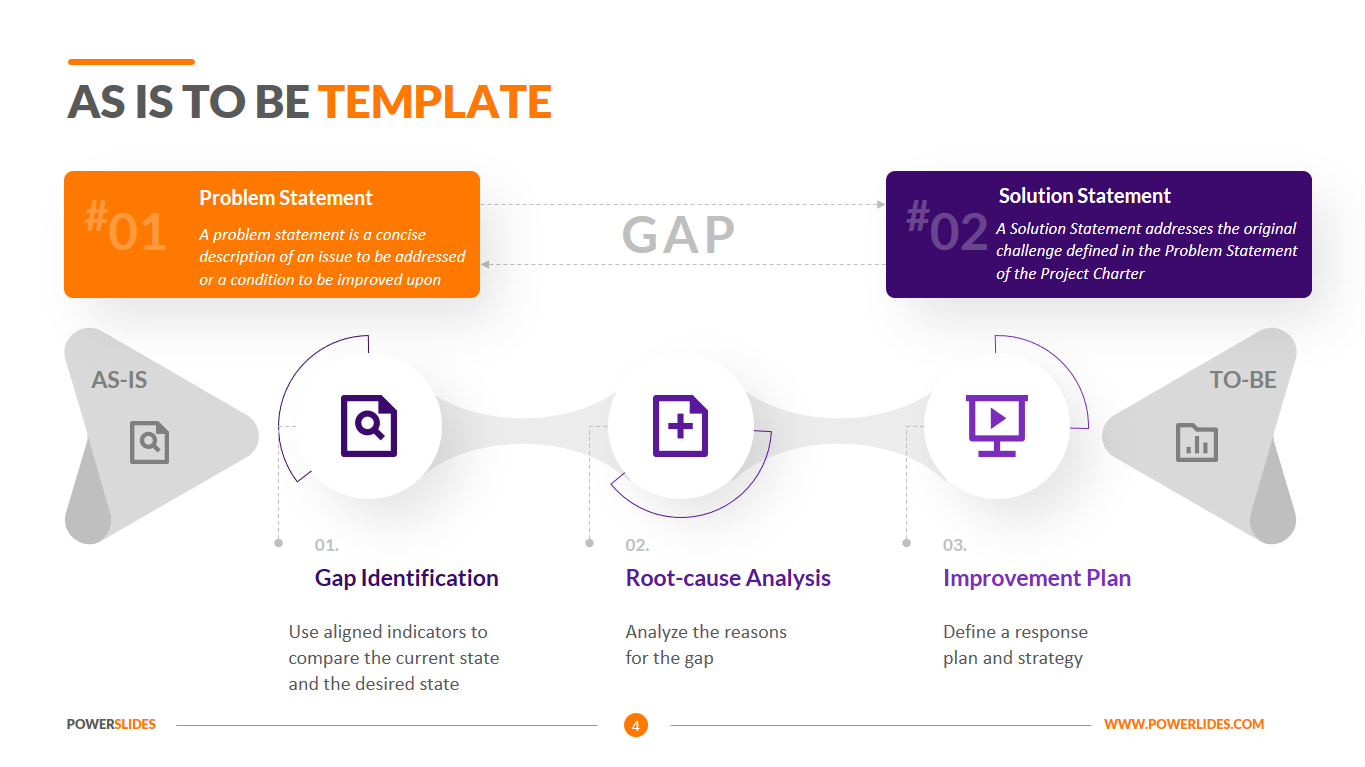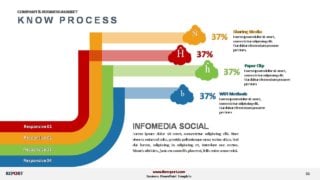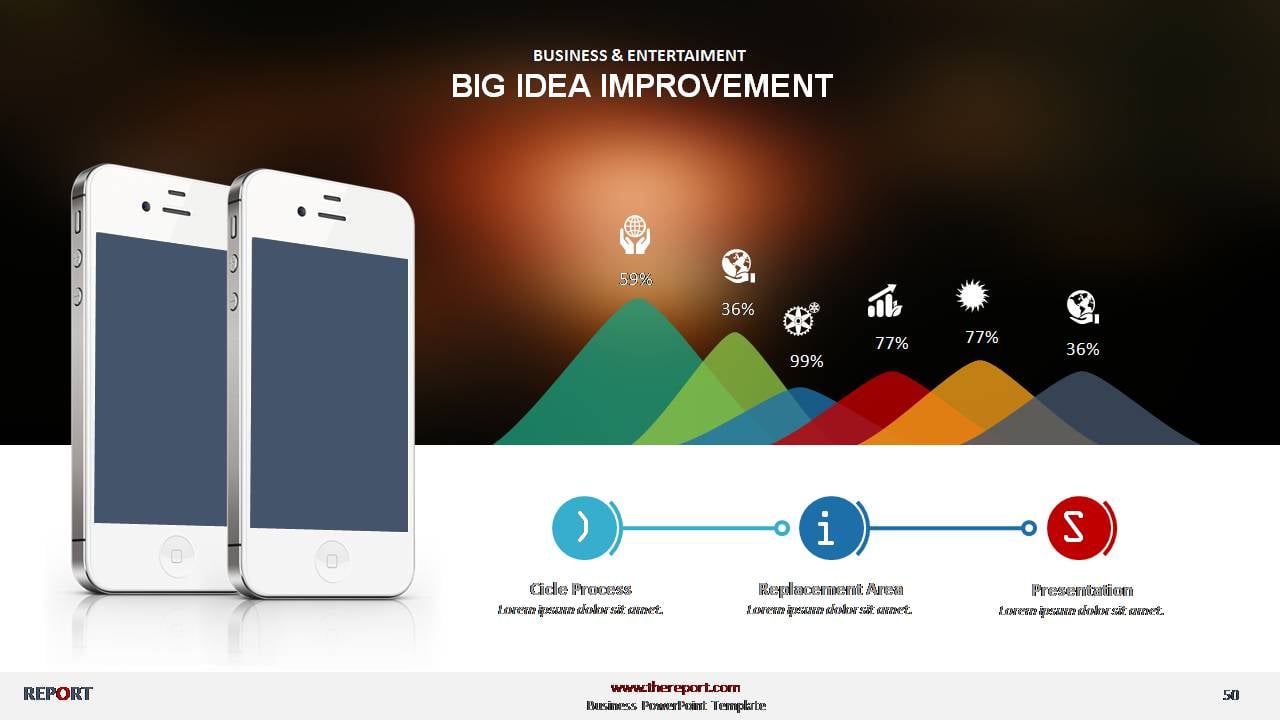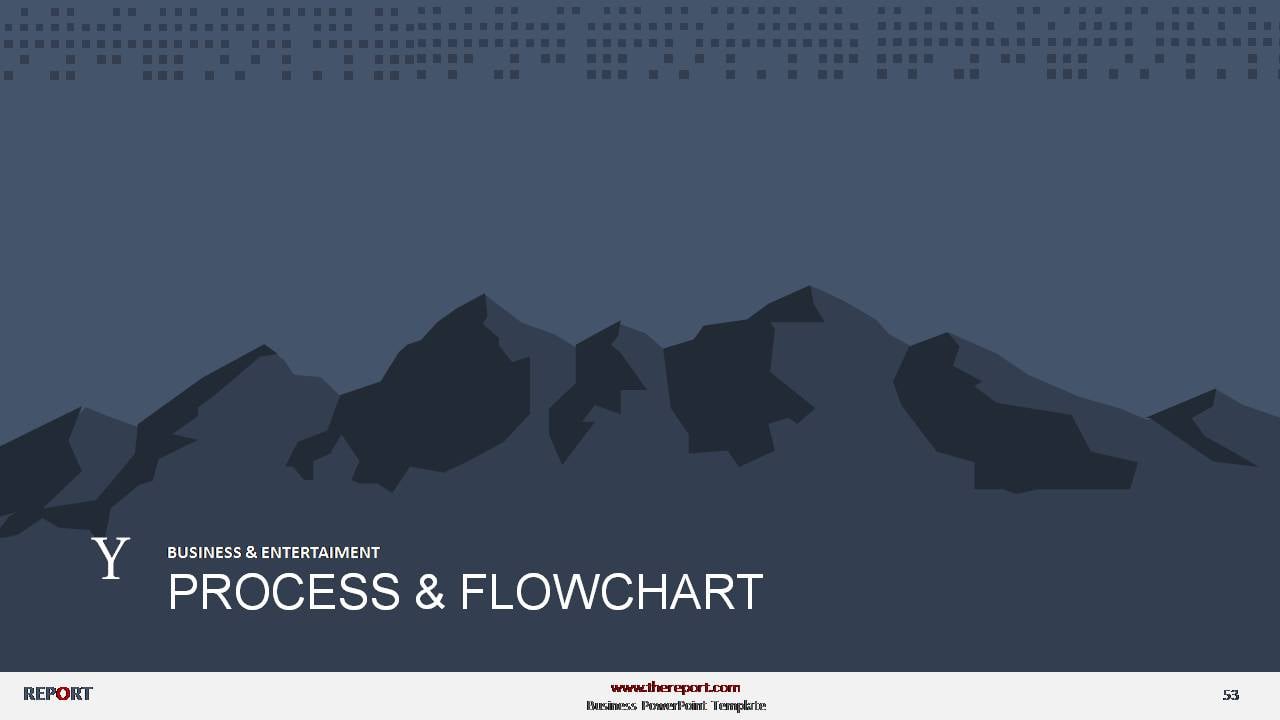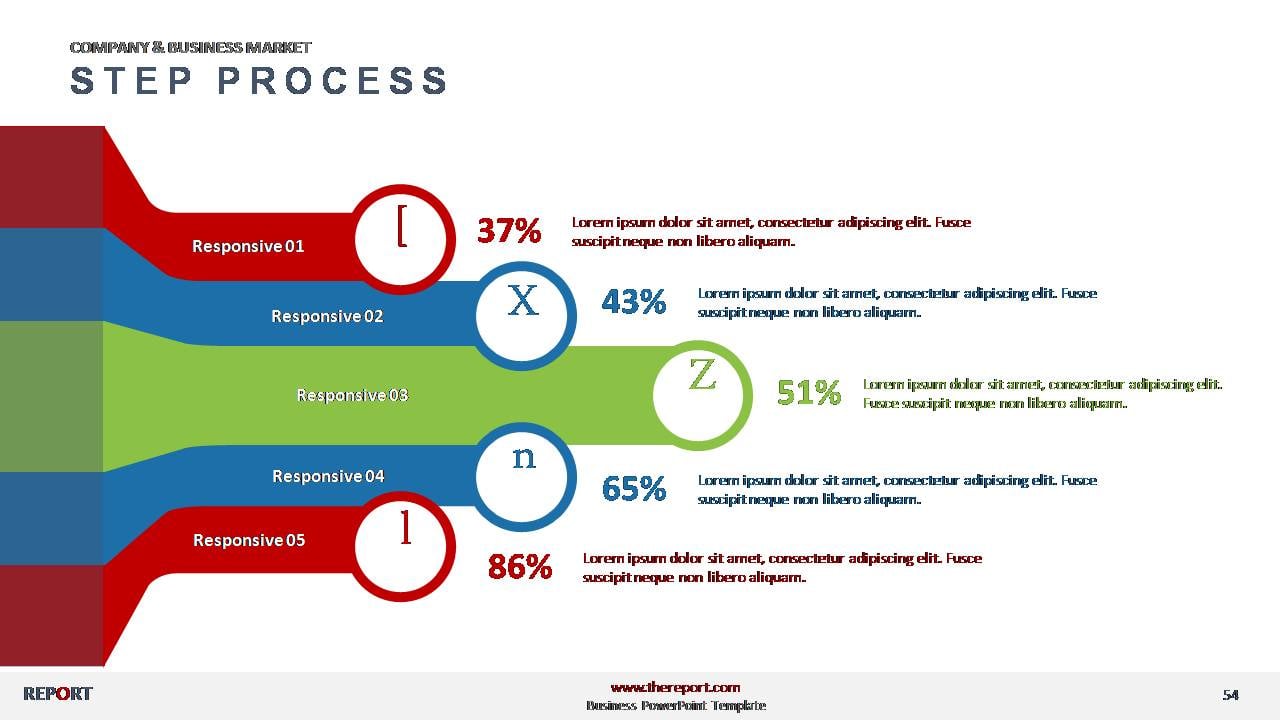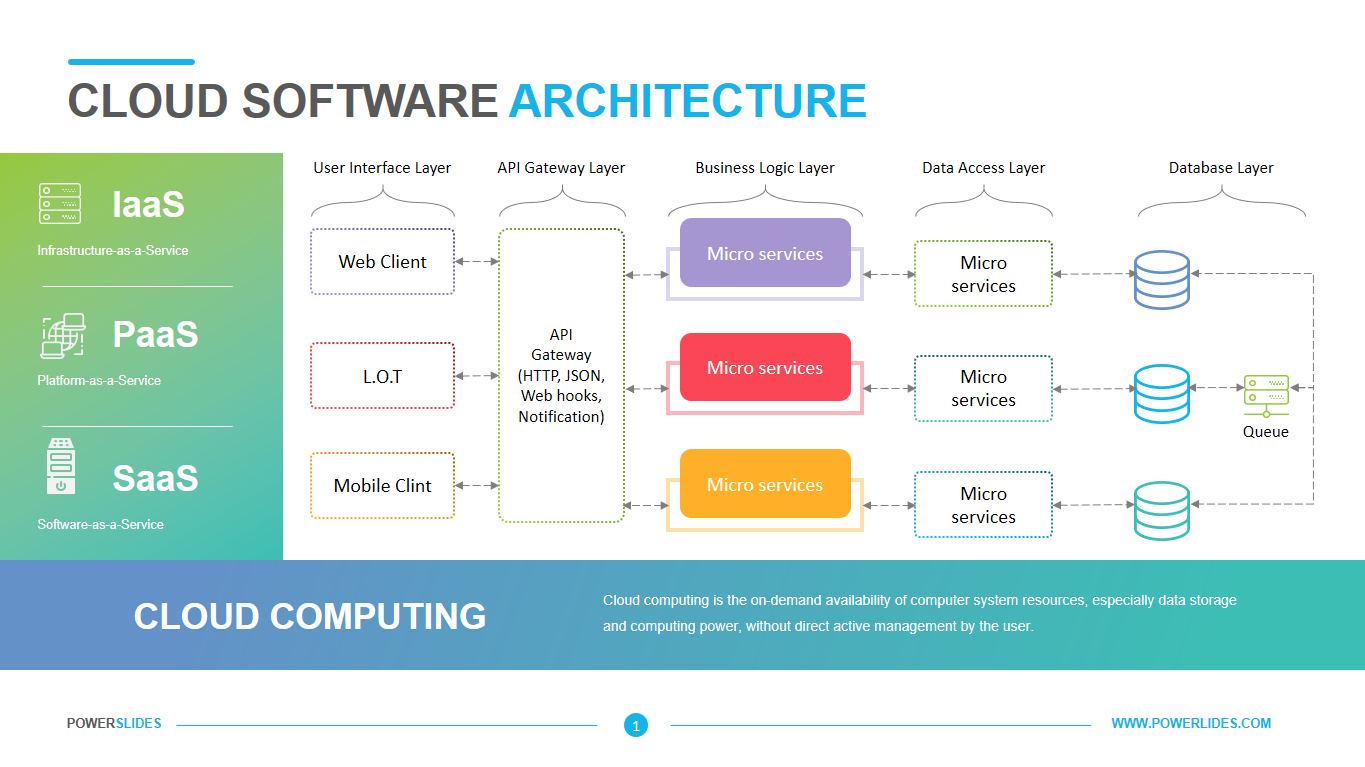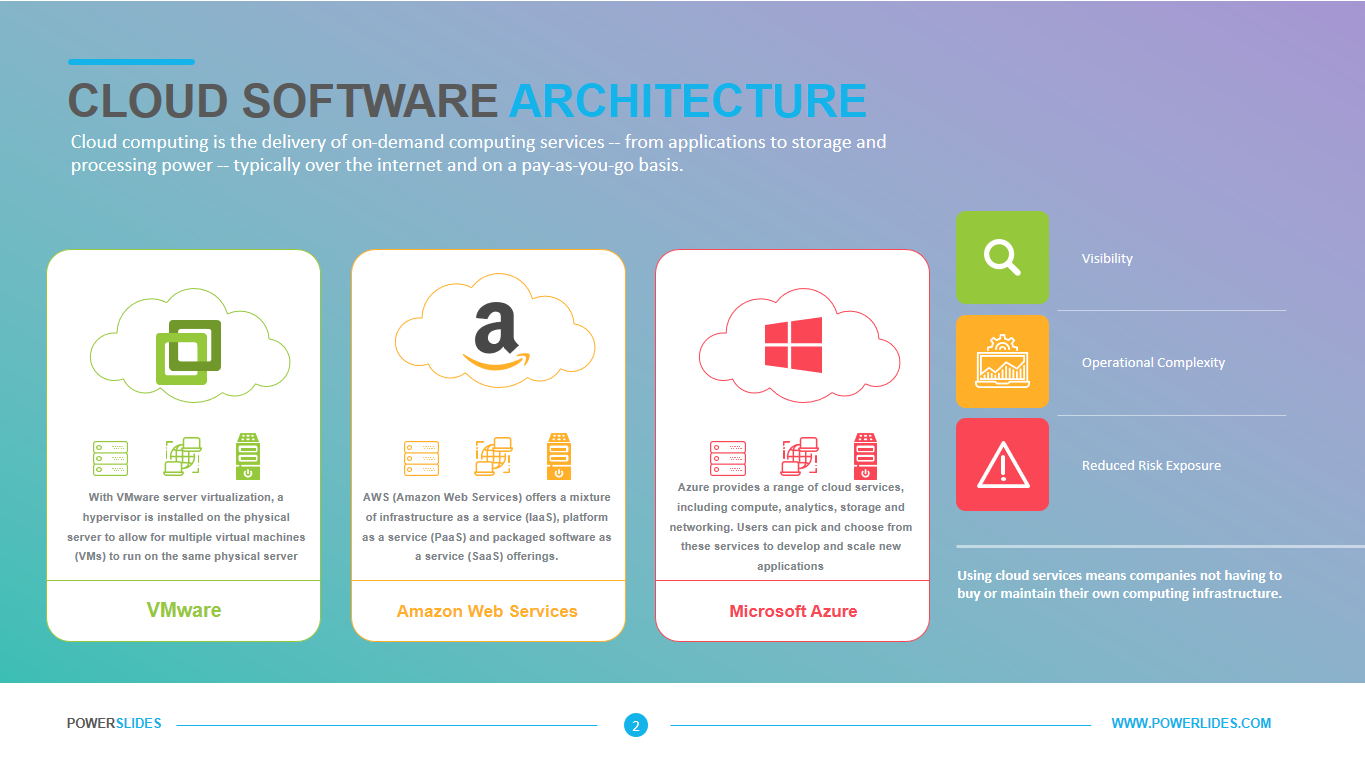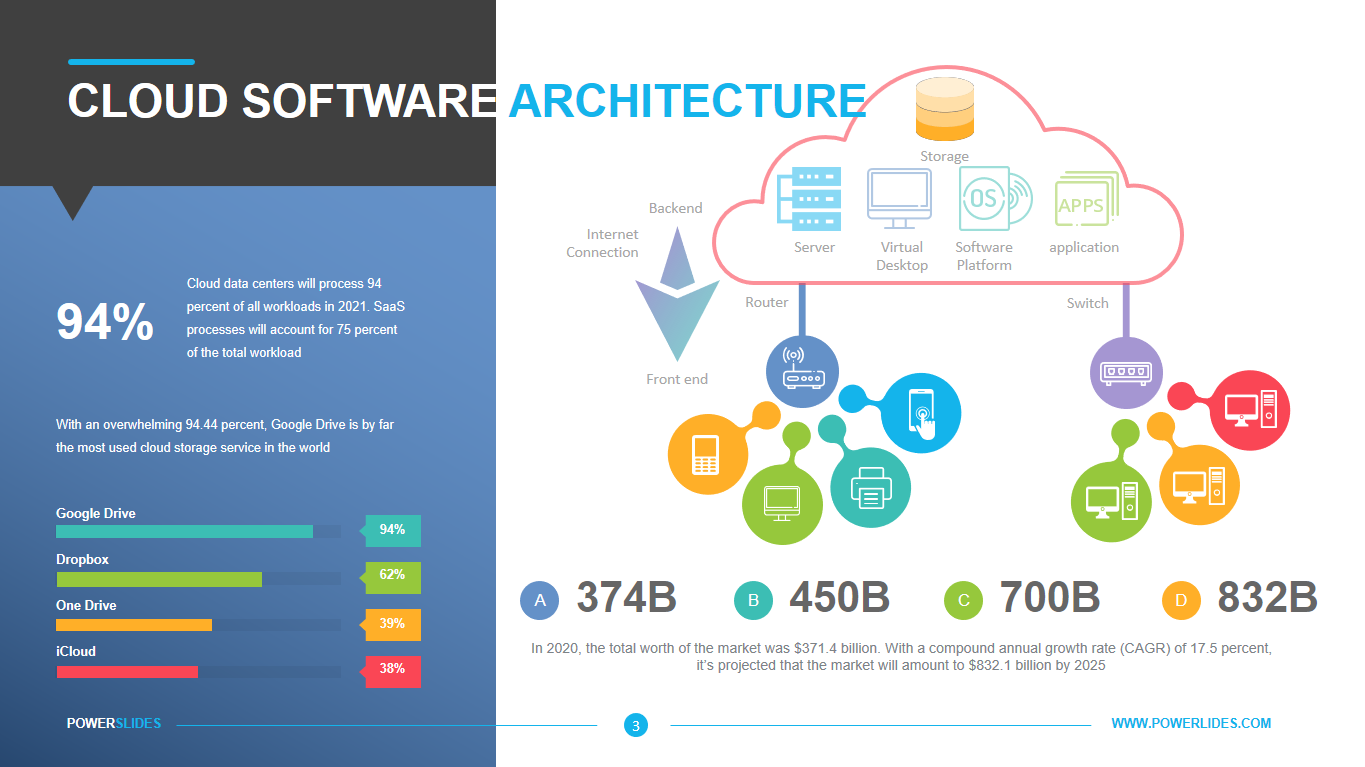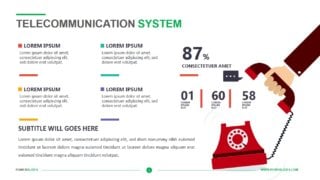Analysis of Alternatives
 4 Slides
4 Slides
 File size: 16:9
File size: 16:9 
 Fonts: Lato Black, Calibri
Fonts: Lato Black, Calibri
 Supported version
PPT 2010, PPT 2013, PPT 2016
Supported version
PPT 2010, PPT 2013, PPT 2016
Product details
Analysis of Alternatives is an evaluation tool that eliminates those ideas that are technically or financially unfeasible in order to permit the selection of alternatives for further feasibility testing based on the resulting cost estimates. It helps stakeholders and agencies identify and select investments that will maximize benefit within availability, affordability, cost, sustainability, and risk constraints. Analysis of Alternatives provides a framework to consistently evaluate and compare the value of different solutions for providing a needed capability to specific end users. Typical steps in an Analysis of Alternatives include – plan, establish analysis foundation, Identify and define alternatives, assess alternatives, Compare alternatives, Report results. Analysis of alternatives directly furnishes the required information that justifies the selection of the chosen solution and indirectly contributes both to identifying the development and implementation milestones and activities and to establish the performance goals for the preferred solution. Use Analysis of Alternatives as part of good project management. The Analysis of Alternatives process should be seen as a good project management practice for different decisions on multiple types of projects. It should show that sound processes and techniques were followed in recommending a specific solution. A major step leading to a successful Analysis of Alternatives is the creation of a well-considered study plan. The study plan establishes a roadmap for how the analysis should proceed, who is responsible for doing what, and why it is being done. A significant risk to success is the lack of time and other resources to adequately perform an Analysis of Alternatives. Critical to implementing a robust Analysis of Alternatives, advance planning should include maintaining awareness of key need dates and provisioning of funds, staff, data, and other resources. Analysis of Alternatives may not have enough time to assess a broad range of alternatives and their risks. Collecting baseline information can be a resource-intensive activity, which must be accounted for in developing schedule and staffing needs. Analysis of Alternatives may not identify one definitive solution. In these situations, it is critical that decision-makers have insights into the pros and cons of each alternative and are provided with all information that is relevant to them. The presentation of results should be thought about early in the Analysis of Alternatives process, based on decision-maker and stakeholder preferences.
The Analysis of Alternatives template has four slides. All slides in the template are made in a soft color scheme. This template can be useful for university professors when preparing courses in probability theory. The slides of this template can also be used by product managers when preparing a product-to-market strategy. For example, you can describe several courses of action for different development of events. This template will also be useful for crisis managers and development directors. Analysis of Alternatives will be a worthy addition to your collection of professional presentations.





